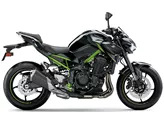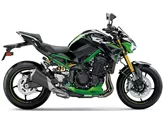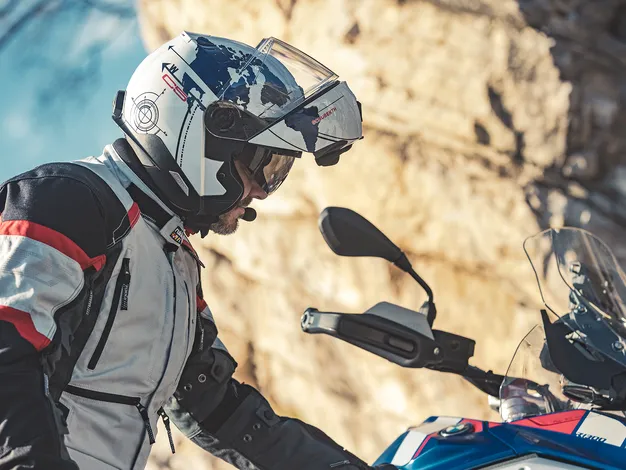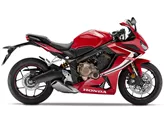Kawasaki Z900 2021 vs. Kawasaki Ninja 650 2017
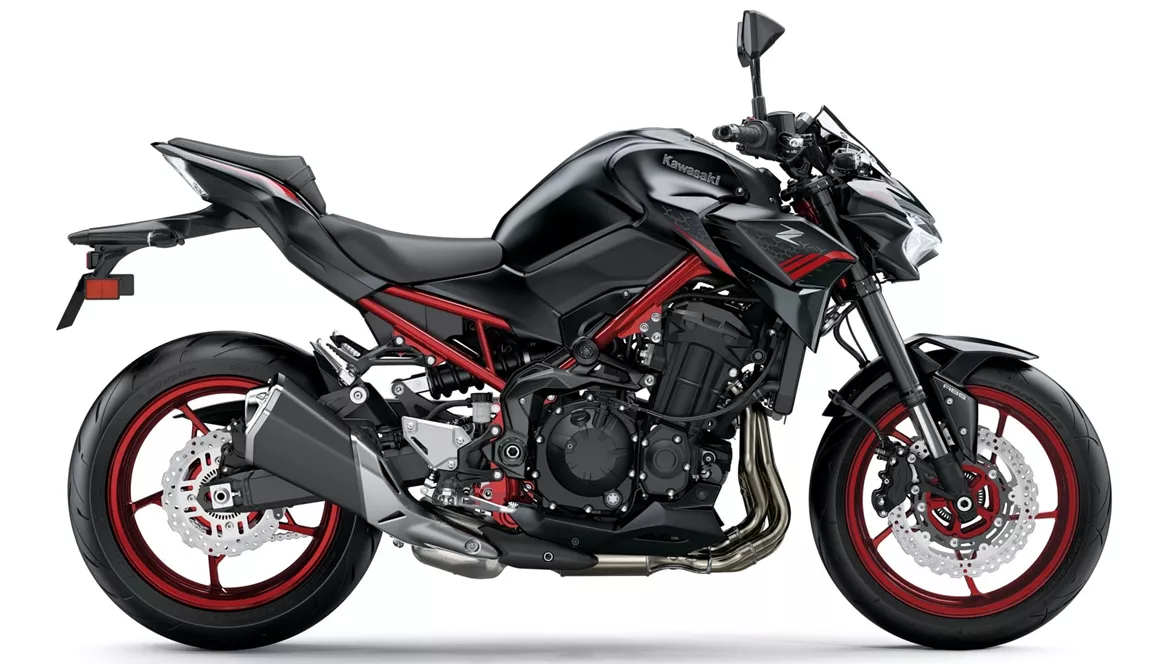
Kawasaki Z900 2021

Kawasaki Ninja 650 2017
Overview - Kawasaki Z900 2021 vs Kawasaki Ninja 650 2017
The Kawasaki Z900 2021 and the Kawasaki Ninja 650 2017 are both motorcycles produced by Kawasaki, but they have distinct differences in terms of technical specifications and strengths.
Starting with the technical specifications, the Kawasaki Z900 2021 is equipped with a powerful four-cylinder engine with a displacement of 948cc. It produces an engine power of 125.4 HP and a torque of 98.6 Nm. The engine has a compression ratio of 11.8 and features a fuel injection system. The Z900 also has a liquid cooling system and a DOHC valve configuration. It has a steel double cradle frame and a front suspension with an upside-down telescopic fork and a diameter of 41 mm. The rear suspension is a swing arm with a monoshock and offers preload and rebound adjustment. The Z900 has a double disk brake system with a diameter of 300 mm and four-piston calipers at the front. It also comes with advanced rider assistance systems such as ABS, riding modes, ride by wire, and traction control. The Z900 has a wheelbase of 1450 mm, a seat height of 795 mm, and a kerb weight of 210 kg.
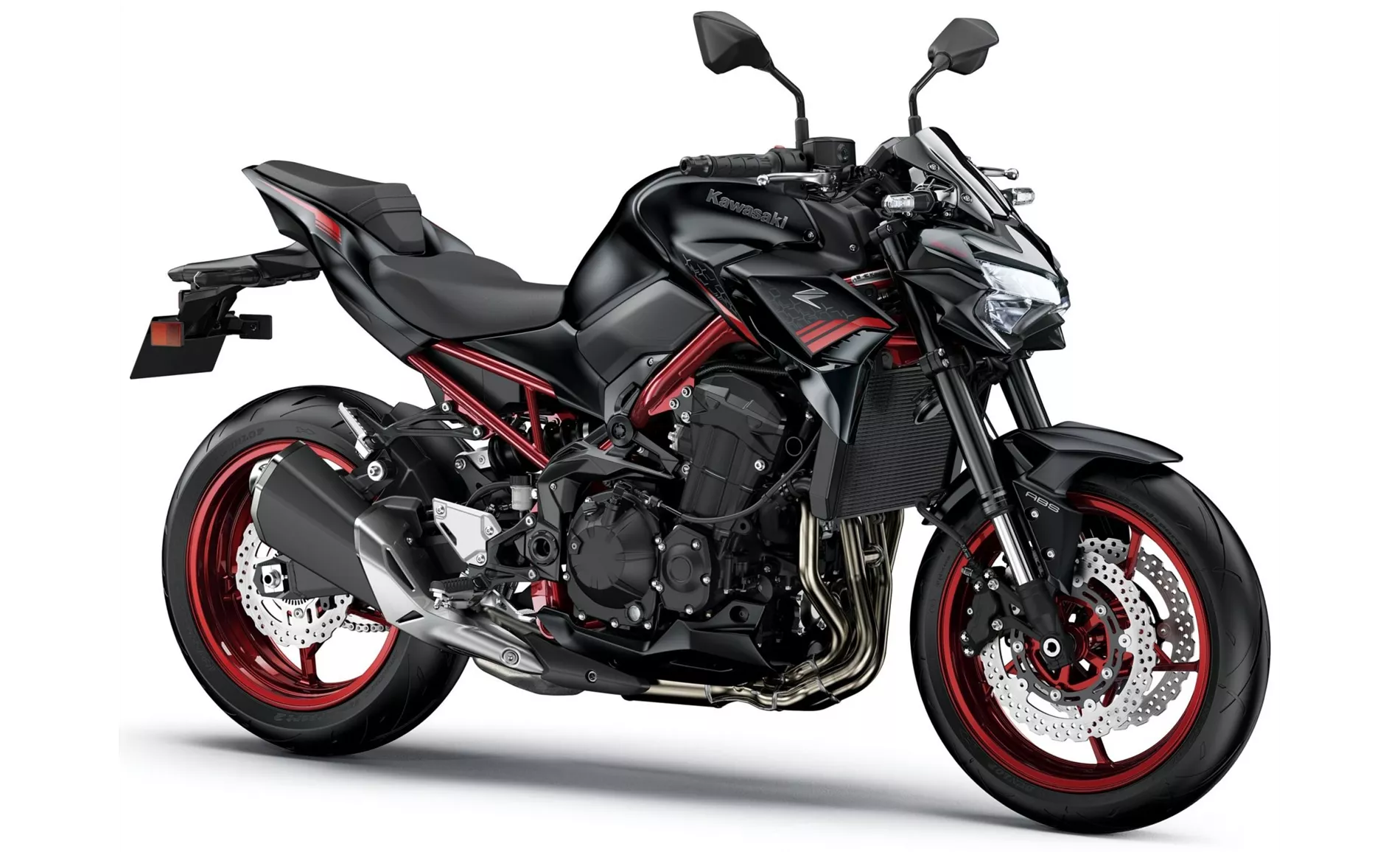
Kawasaki Z900 2021
On the other hand, the Kawasaki Ninja 650 2017 features a two-cylinder engine with a displacement of 649cc. It produces an engine power of 68.2 HP and a torque of 65.7 Nm. The engine has a compression ratio of 10.8 and also features a fuel injection system. Similar to the Z900, the Ninja 650 has a liquid cooling system and a DOHC valve configuration. It has a steel tubular frame and a front suspension with a telescopic fork and a diameter of 41 mm. The rear suspension is a swing arm with a monoshock and offers preload adjustment. The Ninja 650 is equipped with a double disk brake system with a diameter of 300 mm and double-piston calipers at the front. It comes with ABS as the only advanced rider assistance system. The Ninja 650 has a wheelbase of 1410 mm, a seat height of 790 mm, and a kerb weight of 193 kg.
In terms of strengths, the Kawasaki Z900 2021 stands out for its powerful four-cylinder engine, intuitive handling, good equipment, aggressive looks, and value for money. On the other hand, the Kawasaki Ninja 650 2017 is praised for its transparent chassis for sport, playful and good-natured handling, excellent brakes, sharp looks reminiscent of the ZX-10R, and a resilient engine.

Kawasaki Ninja 650 2017
However, both motorcycles have their weaknesses as well. The Kawasaki Z900 2021 does not offer a quickshifter option, and it faces competition from other motorcycles that have a 6-axis IMU and more advanced electronic systems. The Kawasaki Ninja 650 2017 has a slight drawback in terms of sound from the stock exhaust and shows some vibrations from the engine.
In conclusion, the Kawasaki Z900 2021 and the Kawasaki Ninja 650 2017 have their own unique features and strengths. The Z900 offers a more powerful engine, advanced rider assistance systems, and a higher level of equipment, while the Ninja 650 provides a sporty and playful riding experience with excellent brakes. Ultimately, the choice between the two would depend on the rider's preferences and priorities.
Technical Specifications Kawasaki Z900 2021 compared to Kawasaki Ninja 650 2017
Pros and Cons in comparison
Pros and Cons in comparison
Kawasaki Z900 2021
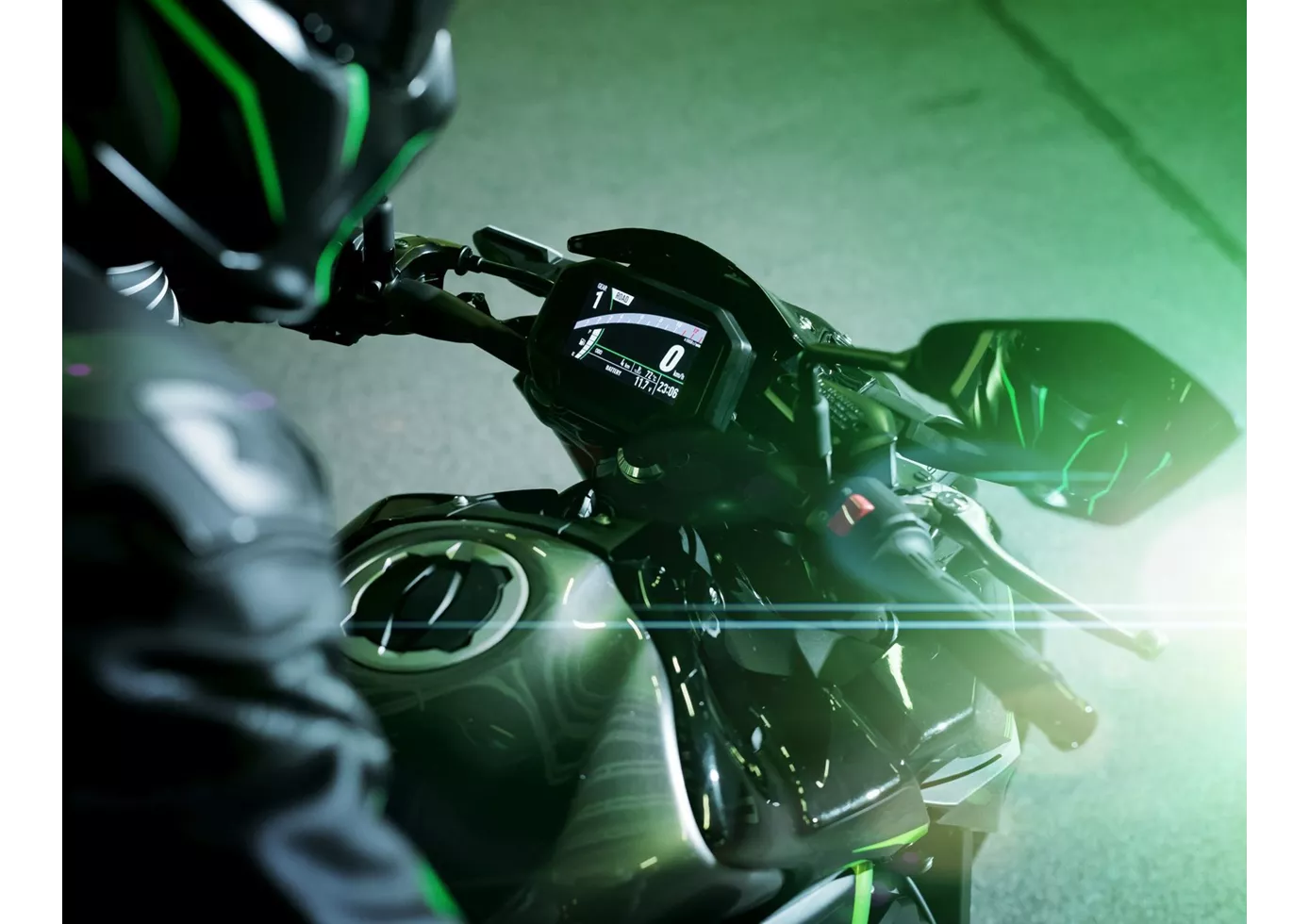
In terms of price-performance, the Kawasaki Z900 is hard to beat at the moment. With the perfectly tuned engine, the high-quality chassis components and the electronics added for 2020, this naked bike offers everything that sporty riders will be looking for. There is really nothing to complain about, except for the lack of a quickshifter option.
Kawasaki Ninja 650 2017

The Ninja 650 firmly stamps its predecessor (Er-6f). The engine has mastered the Euro 4 hurdle well and serves up a very usable 68 hp, the chassis is simply great for this class, and the weight reduction of 18(!) kilos compared to the ER-6f justifies reverent nods.
Price Comparison Avarage Market Price Kawasaki Z900 vs Kawasaki Ninja 650
There are a few key differences between a Kawasaki Z900 2021 and a Kawasaki Ninja 650 2017. In terms of price, the actual average price of a Kawasaki Z900 2021 is about 35% higher. Compared to Kawasaki Ninja 650 2017 there are more Kawasaki Z900 2021 bikes available on the 1000PS.de Marketplace, specifically 33 compared to 7. It takes less time to sell a Kawasaki Ninja 650 with 96 days compared to 107 days for the Kawasaki Z900. Since model year 2017 1000PS.de editors have written 46 reviews for the Kawasaki Z900 and 20 reviews for the Kawasaki Ninja 650 since model year 2017. The first review for the Kawasaki Z900 was published on 11/11/2016 and now has more than 93,200 views. This compares to more than 79,600 views for the first review on Kawasaki Ninja 650 published on 04/10/2016.


